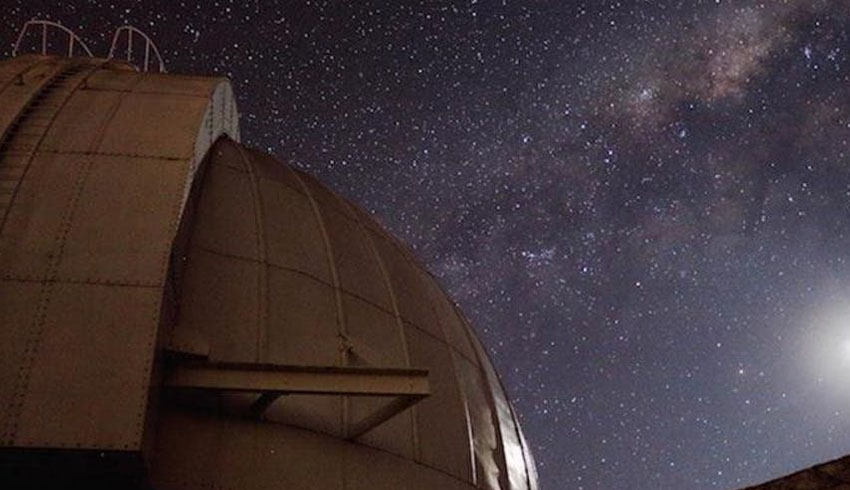That will be a first for Australia and technology that could be even better than NASA. This will help researchers and industry better access unused data about our universe as well as enable better monitoring of our own planet.
Project lead, Dr Francis Bennet from the Australian National University Research School of Astronomy and Astrophysics, said the new station will develop technologies enabling licence free and secure high-bandwidth data transmission to and from space.
"Most of the data we capture from satellites and instruments in space never finds its way back down to Earth," he said.
"The onboard processing in these machines means we are often left in the dark about our own planet, as well as the mysteries of the Universe.”
Dr Bennet said the missions of the Keppler space telescope, launched by NASA in 2009 and retired last year, was to discover Earth-sized planets.
But it was only able to transmit 1 per cent of the data it captured back to Earth.
“That means we missed out on 99 per cent of what was found,” he said.
"This new ground station will change all that. It will give us the ability to tap into the massive volumes of data we gather each day in space, as well as improve monitoring of our Earth's water, weather and other vital signs."
The project will also include a new telescope and will cost up to $2.4 million in total.
It’s being funded by $800,000 from the ACT government, $520,000 from ANU InSpace, $400,000 from CSIRO and $250,000 from German company Tesat.
The ANU said the new facility would also develop technology that could one day replace undersea fibre optical cables on which global telecommunications currently rely, as well as assist satellites from Asia in their space and Earth monitoring and telecommunications work.
The ANU station will be the first in an Australian network of optical ground stations, with partners in Western Australia, South Australia, ACT and New Zealand.
ANU provost Professor Mike Calford thanked the ACT government for its funding and said Canberra was the perfect place for the new station.
"Canberra enjoys exceptional natural conditions for this type of work. And it is backed by the world-leading and globally recognised space research and development taking place each day at ANU," he said.
"This new station will help position Australia and the ACT as one of the world's leading centres in the burgeoning field of quantum space communications, and boost the nation's space efforts.
"It will bring in experts and industry leaders from all over the world to work together, as well as power the local economy and create local jobs. It will be the first hub in a network spanning our vast continent and New Zealand.
"And it will help launch Australia's space communications capacity, allowing us to tap into multi-billion space communications markets across the globe."

